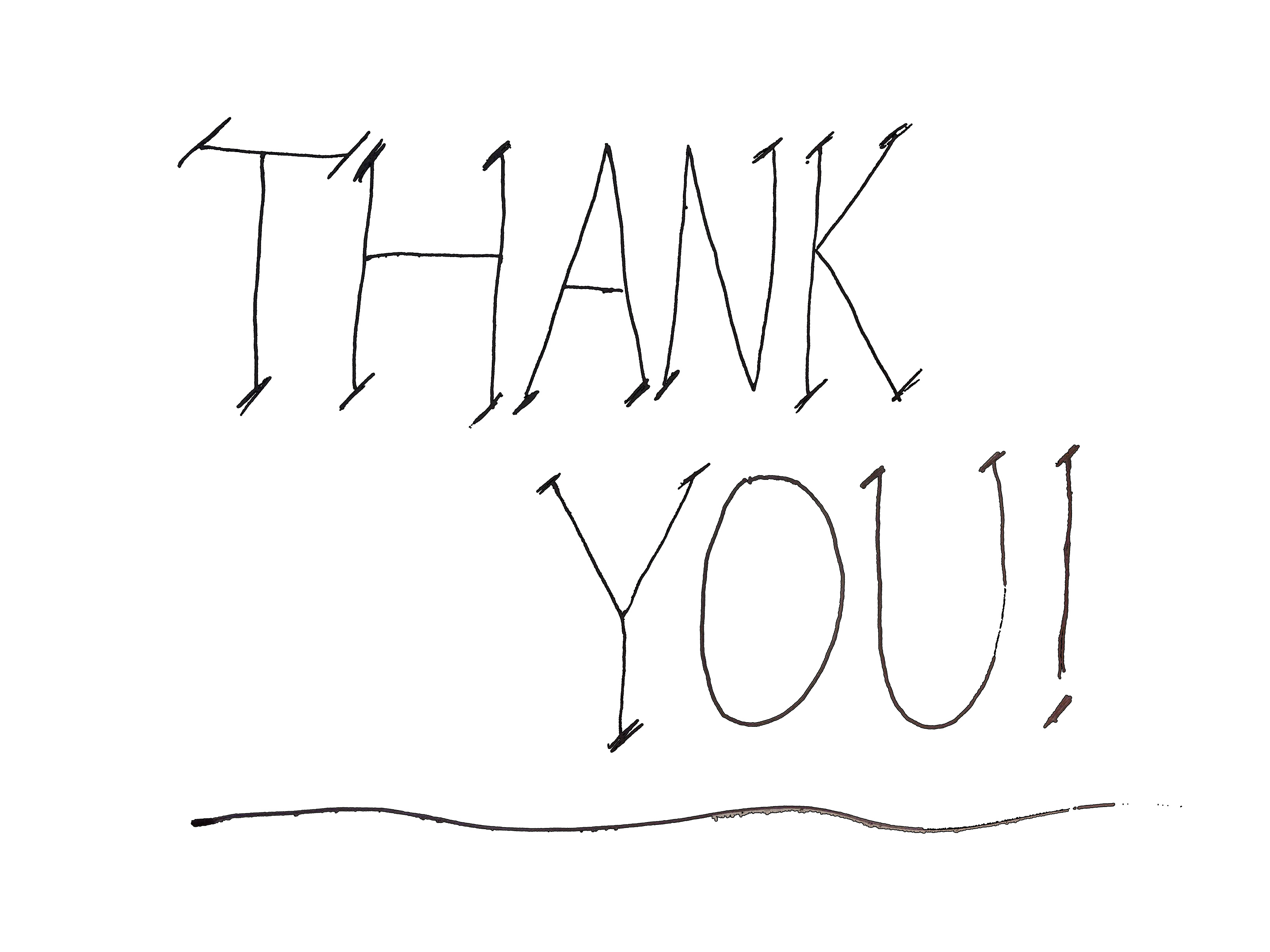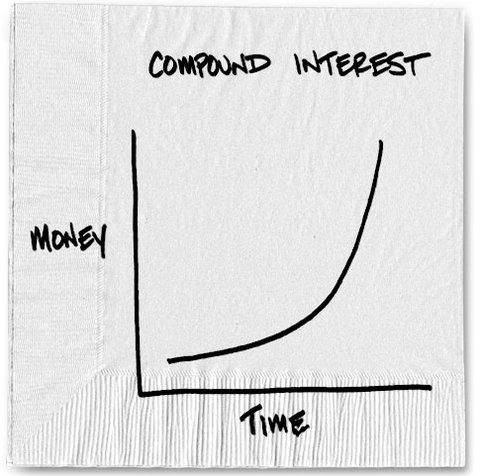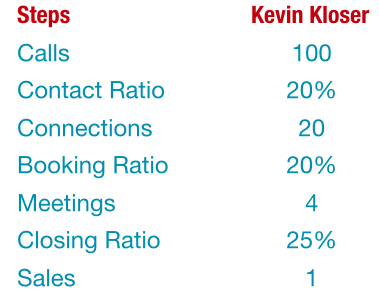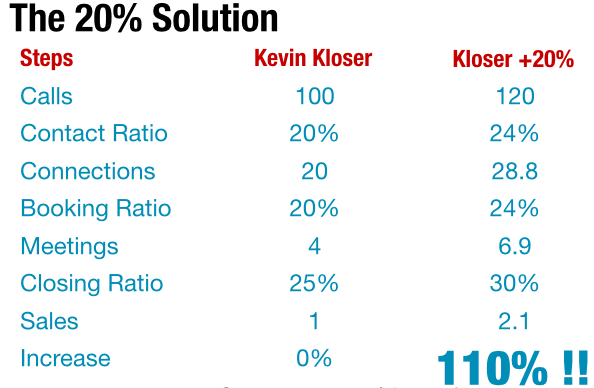In school, we used to pass handwritten notes. Even today, it makes you stand out from the rest
I’m a big advocate of using handwritten notes in your selling process for 2 main reasons
#1 Reason: They work
#2 Reason: They are a kind gesture which makes me feel good!
Why do they work?
In today’s world of digital communication, we are bombarded with literally hundreds of messages from others on a weekly basis. People just don’t get nearly as much stuff by snail mail any longer and the stuff we DO get it usually junk mail (sounds a lot like our email inbox too doesn’t it?). Receiving something in the mail from a real live person is rare. Handwritten notes such as a thank you card is even more rare.
A handwritten note helps you stand out. Let me ask you this. The last time you received a hand written card, what did you do with it right after reading it? I bet you didn’t toss it in the trash. I bet you put it on your desk, your fridge, or even showed it to other people. What did you do with the last email “thank you” you got? See the difference?
Why do they make me feel good?
Taking the time to hand write and drop something in the mail connotes a deeper level of thanks and appreciation. As the famous Canadian futurist Marshal McLuhan famously quipped, “The medium is the message.” Giving thanks to a customer for their time, or for anything in fact, is a big win-win. It makes the receiver feel good but it helps me by building my gratitude. And a recent study published in the Harvard Business Journal confirms what you probably know intuitively – that having gratitude increases happiness and increased happiness leads to higher productivity and sales. What a fantastic ROI on your time!
There is one rule with sending handwritten notes including “thank you” cards. They need to be 100% sincere. If you ever try to pass around insincere thanks, it’s the same as passing around counterfeit money. You will eventually be found out and your credibility will be in the toilet from that moment forward.
I’d recommend that you order some simple customized cards from any of the online print shops and start each day with a heartfelt thank you. It’ll make someone else’s day and yours too!










